Explanation of the terms: Transmitter’s Turn down (TD) ratio, set span and zero based span
Consider a Pressure Transmitter and we will discuss some important parameters related to it.
Range :
It is the measurement limit and covers from the minimum to the maximum pressure that the transmitter can measure, e.g., 0 to 5080 mmH2O. The maximum span is 5080 mmH2O.
URL (Upper Range Limit) :
It is the highest pressure at which the transmitter was designed to measure, respected the sensor upper range limit.
LRL (Lower Range Limit) :
It is the lowest pressure at which the transmitter was designed to measure, respected the sensor lower range limit.
URV (Upper Range Value) :
It is the maximum pressure at which the transmitter calibrated.
LRV (Lower Range Value) :
It is the minimum pressure at which the transmitter calibrated.
Span (Range Calibrated) :
It is the work range where the calibration is done is known as span, for example, from 500 to 3000 mmH2O, where the span is 3000-500 = 2500 mmH2O. The Span is equal to URV – LRV.
Turndown(TD) or Rangeability :
It is the relation between the maximum pressure (URL) and the minimum measured pressure (minimum calibrated span). For example, a transmitter range is 0-5080 mmH2O and will be used on 10:1, indicating which transmitter will measure 0 to 508 mmH2O. TD = URL/ Calibrated Span.
Case 1:
|Lower range value| ≤ |Upper range value|
Figure : 1000 mbar (14.5 psi) sensor
Here,
1 : Set span
2 : Zero based span
3 : Nominal value ≅ Upper range limit (URL)
4 : Nominal measuring range
5 : Sensor measuring range
LRL : Lower range limit
URL : Upper range limit
LRV : Lower range value
URV : Upper range value
Example:
Lower range value (LRV) = 0 mbar
Upper range value (URV) = 100 mbar (1.5 psi)
Nominal value (URL) = 1000 mbar (14.5038 psi)
Turn down:
TD = URL /|URV| = 10 : 1
set span:
URV – LRV = 100 mbar (1.5 psi)
This span is based on the zero point.
Case 2:
|Lower range value| ≥ |Upper range value|
Figure : 1000 mbar (14.5 psi) sensor
Example:
Lower range value (LRV) = -300 mbar (-4.5 psi)
Upper range value (URV) = 0 mbar (0 psi)
Nominal value (URL) = 1000 mbar (14.5038 psi)
Turn down:
TD = URL / |LRV| = 3.33 : 1
set span:
URV – LRV = 300 mbar (4.5 psi)
This span is based on the zero point.
Reference : endress hauser
Articles You May Like :
Pressure Transmitter Applications
Closed tank DP Level Transmitter

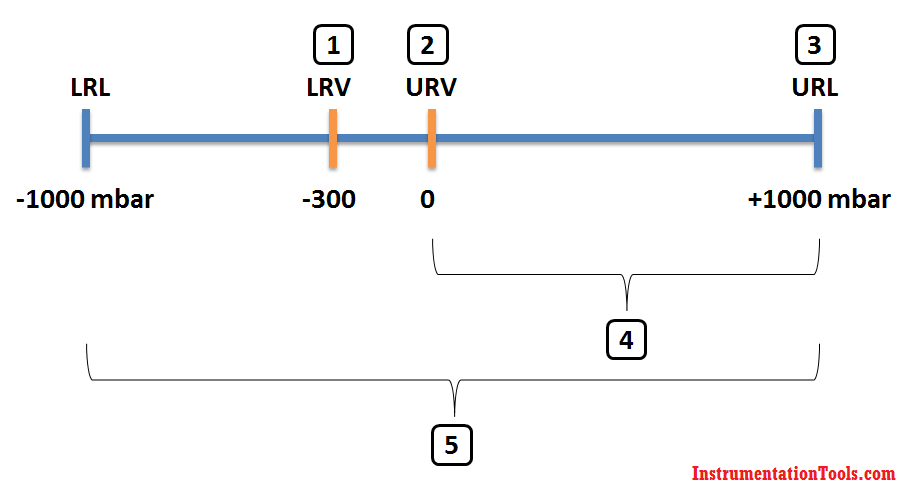
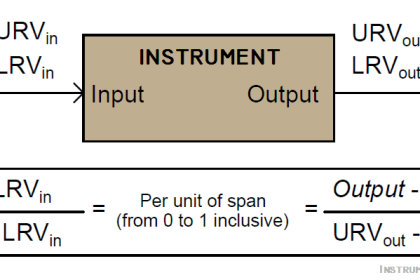
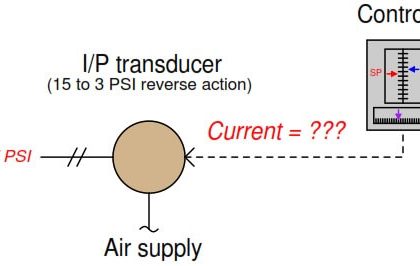



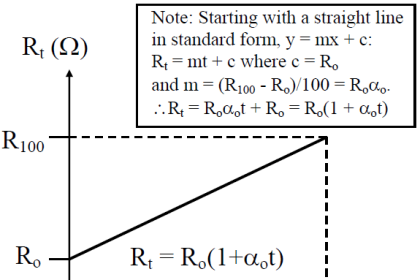
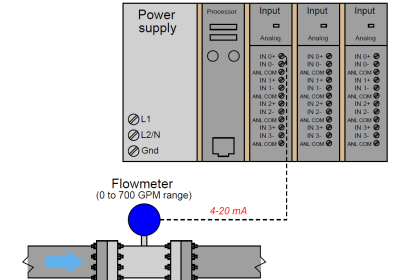
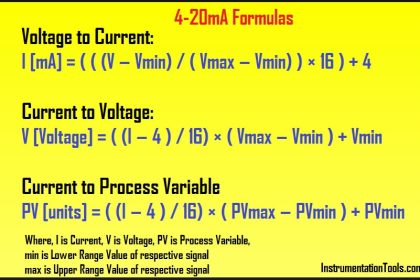
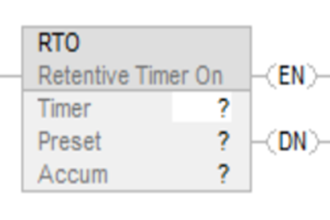
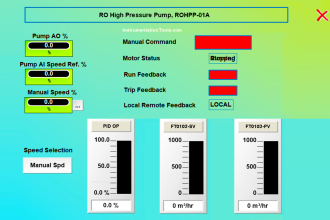


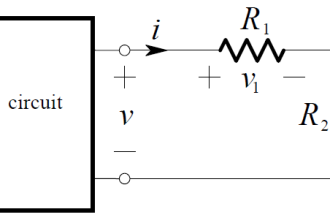


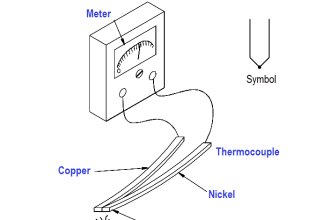

Hi All,
In the above, please elaborate the effect of Turn Down Ratio of higher or lower during operation or selection of transmitters.
Hi, Please search the website with word “Turndown” its already there. Thanks
Hi , I have certain doubts in case 2
1. If TD = URL/URV , then it should be 1000/0 as per the formula mentioned
2. Span = URV – LRV, then it should be 0-(-300), which is 300.
Please correct me if am wrong
Hi Kumaresan:
In Case 2, we will not use URL/URV to calculate TD, instead we use the absolute LRV.
This is because the |LRV| is GREATER THAN the |URV|
(300 > 0)
I believe that using the dP where the lrl is -1000 and url is 1000. Then TD is based on 2000, as that is the max span value the transmitter can measure…using the url only works when the transmitter lrl is 0.
Yes !!!! Agree to Kumaresan .I Have the same question.
If I need 2.5kg dp transmitter can I use 20 kg dp tx in.place of it.
If your Transmitter is smart type, you can select the range to 2.5Kg/cm2 provided this range meet accuracy requirement
If your DPT is smart type, you can select the range to 2.5Kg/cm2 provided accuracy with in the limit.